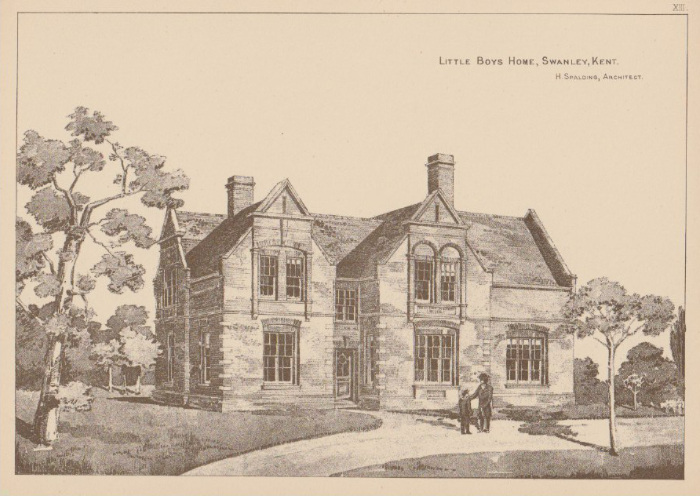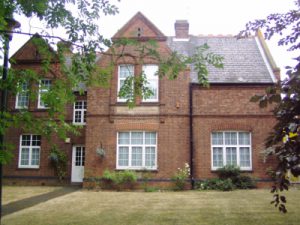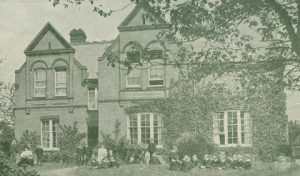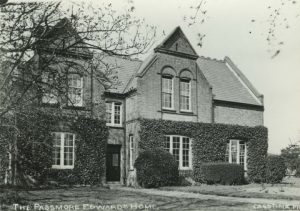This was the first of the Passmore Edwards bequests targeted directly at children.

History
The Homes for Little Boys date back to a former poor house in Tottenham, which, in 1864, was converted into a home for a few of the many homeless boys of that area. The success of the Tottenham Home led to the founding of the Farringdon Homes, a group of eleven cottages, each housing a number of boys, accompanied by workshops, classrooms and a farm, and which opened in 1867. This was followed by the Homes at Swanley, Kent, with construction starting in 1883. Whether Passmore Edwards had a previous connection with the work of the Homes for Little Boys is not clear but early in 1895 he presided over the Annual Meeting of the organisation and as a consequence offered to add to the cluster of buildings already built at Swanley. His contribution was the Passmore Edwards or Assistant Masters House, opened in 1896 to accompany the Headmaster House and four Dames Houses, each of which was named after the separate benefactors. Each of the Dames houses was occupied by up to 30 younger boys whilst older boys occupied the Passmore Edwards House, and the most senior boys the Head Masters House.
Many of the young boys learned farming skills and perhaps found employment locally but a wide range of crafts were taught and boys left to become bakers, carpenters, printers, tailors, shoemakers and clerks. The arts and sciences were also taught, including chemistry, modelling and even photography.
Renamed the Swanley Home School in 1938, the School has, over the years, saw many developments to meet changing needs; providing primary school education to local boys and girls; housing the Hextable Special School; and becoming more integrated into the local community.
In 1956 the Furness School was established as a Boarding School for young children with learning difficulties. Reorganisation took place in the late 1980s to cater for secondary aged pupils with emotional and behavioural difficulties and in 2004 the school was re-designated as a school for pupils with Behaviour, Emotional and Social Development needs, accommodating twenty four residential and 36 day boys from 11 to 16 years old.


